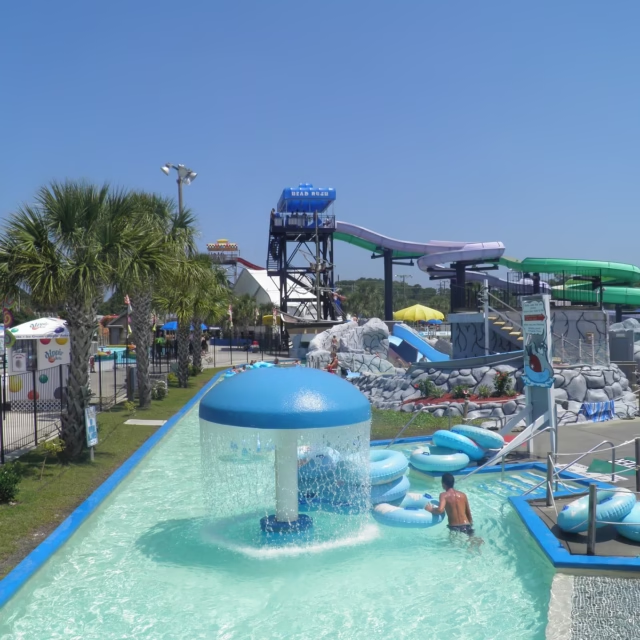Before planning a trip to water parks in California, it’s helpful to understand how the state’s seasonal changes can influence your experience. In most regions—particularly in Southern and Central California—these parks typically operate from late spring through early fall when temperatures are warmer and more suitable for outdoor water activities.
During the summer months (June through August), higher temperatures attract larger crowds, especially at popular water parks in California near major urban areas. Spring and early fall offer milder weather, which may appeal to visitors looking for a less crowded experience. However, not all parks remain fully operational during these shoulder seasons, so it’s a good idea to check hours and ride availability ahead of time.
Peak Crowd Times and What They Mean for Your Visit
School breaks, national holidays, and weekends typically draw the largest number of guests. Water parks near major cities like Los Angeles, San Diego, or Fresno often experience heavier foot traffic in July and August. If you’re visiting with children or larger groups, these times may come with longer lines and limited seating areas.
Conversely, weekdays—especially Tuesday through Thursday—tend to be less crowded. Choosing these days can allow for easier parking, shorter wait times, and more space to relax without feeling rushed.
Regional Variations in Climate That Affect Park Conditions
Northern California parks, such as those near Sacramento or the Bay Area, see more weather fluctuation compared to Southern parts of the state. Morning fog, cooler evenings, or sudden wind can change your experience depending on when you go. Meanwhile, inland areas such as Fresno and San Bernardino maintain higher average temperatures throughout summer, which influences both operating hours and visitor behavior.
Understanding these local patterns can help you choose a park that aligns with your comfort and schedule needs.
Planning Around Special Events and Park Promotions
Water parks often hold seasonal promotions, themed weekends, or family events that can attract additional visitors. These can affect availability of attractions or increase wait times. While some guests may enjoy the added programming, others may prefer quieter days.
Subscribing to park newsletters or checking their online calendar can help you plan visits on dates that match your preference for either energy-filled crowds or a calmer atmosphere.
Ticket Pricing Based on Time of Year
While prices vary, many California water parks offer tiered pricing based on expected demand. Weekends and holidays often come with higher rates, while early-season or weekday tickets may be discounted. Some parks provide dynamic pricing, adjusting rates depending on crowd projections and weather outlook.
Booking in advance may offer savings, and it also helps avoid last-minute issues such as sold-out time slots or limited locker availability.
How Water Quality and Safety Measures Shift with Seasons
Maintenance practices and water conditions also vary with temperature and use. During peak times, parks often increase water testing and staff supervision to maintain safety standards. On slower days, fewer crowds can mean cleaner, better-monitored areas with easier access to shade and safety stations.
If health or hygiene is a top concern, choosing mid-season weekdays may offer a more manageable environment.
Conclusion
There’s no one-size-fits-all answer to the best time for visiting water parks in California. Families with children may prioritize lighter crowds, while teens might prefer the energy of a busy summer Saturday. By understanding the weather patterns, crowd trends, and operational nuances, you can plan a trip that suits your specific needs and expectations—whether that’s in early June or mid-September.







